The Tibetan Book of Living and Dying
A spiritual classic from one of the foremost interpreters of Tibetan Buddhism to the West
Sogyal Rinpoche
Born in Kham in eastern Tibet, Sogyal Rinpoche was recognized as the incarnation of Tertén Sogyal Lerab Lingpa, a teacher to the thirteenth Dalai Lama. He received the traditional training of a Tibetan lama under the close supervision of Jamyang Khyentse Chékyi Lodré, one of the most outstanding masters of the twentieth century, who raised Rinpoche like his own son.
Rinpoche went on to study with many other teachers from all schools of Tibetan Buddhism, especially Dudjom Rinpoche and Dilgo Khyentse Rinpoche. First as a translator and aide to these masters and then teaching in his own right, he visited many countries, observing the reality of individuals’ lives and seeking how to make the Tibetan Buddhist teachings relevant and “meaningful to modern people.
Out of this was bom his unique style of teaching and his acute ability to attune the teachings to modern life, demonstrated so vividly in this, his groundbreaking book, The Tibetan Book of Living and Dying. Rinpoche has been teaching for over forty years and is the founder and spiritual director of Rigpa, an international network of Buddhist centres and groups. He continues to travel widely in Europe, America, Australia, and Asia, addressing thousands of people on his retreats and teaching tours.
Foreword by His Holiness the Dalai Lama
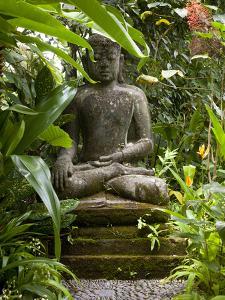 In this timely book, Sogyal Rinpoche focuses on how to understand the true meaning of life, how to accept death, and how to help the dying, and the dead.
In this timely book, Sogyal Rinpoche focuses on how to understand the true meaning of life, how to accept death, and how to help the dying, and the dead.
Death is a natural part of life, which we will all surely have to face sooner or later. To my mind, there are two ways we can deal with it while we are alive. We can either choose to ignore it or we can confront the prospect of our own death and, by thinking clearly about it, Oy to minimize the suffering that it can bring. However, in neither of these ways can we actually overcome it.

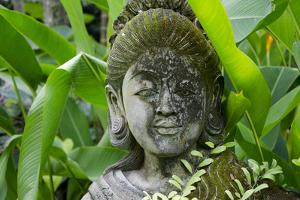 As a Buddhist, I view death as a normal process, a reality that I accept will occur as long as I remain in this earthly existence. Knowing that I cannot escape it, I see no point in worrying about it. I tend to think of death as being like changing your clothes when they are old and worn out, rather than as some final end. Yet death is unpredictable: We do not know when or how it will take place. So it is only sensible to take certain precautions before it actually happens.
As a Buddhist, I view death as a normal process, a reality that I accept will occur as long as I remain in this earthly existence. Knowing that I cannot escape it, I see no point in worrying about it. I tend to think of death as being like changing your clothes when they are old and worn out, rather than as some final end. Yet death is unpredictable: We do not know when or how it will take place. So it is only sensible to take certain precautions before it actually happens.
Naturally, most of us would like to die a peaceful death, but it is also clear that we cannot hope to die peacefully if our lives have been full of violence, or if our minds have mostly been agitated by emotions like anger, attachment, or fear. So if we wish to die
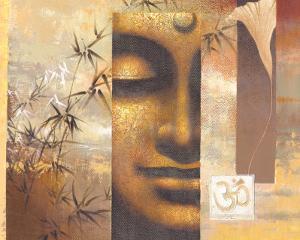
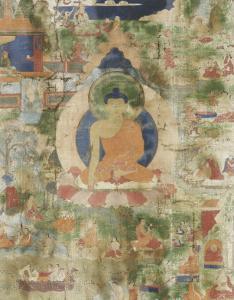 well, we must learn how to live well: Hoping for a peaceful death, we must cultivate peace in our mind, and in our way of life.
well, we must learn how to live well: Hoping for a peaceful death, we must cultivate peace in our mind, and in our way of life.
As you will read here, from the Buddhist point of view, the actual experience of death is very important. Although how or where we will be reborn is generally dependent on karmic forces, our state of mind at the time of death can influence the quality of our next rebirth. So at the moment of death, in
spite of the great variety of karmas we have accumulated, if we make a special effort to generate a virtuous state of mind, we may strengthen and activate a virtuous karma, and so bring about a happy rebirth.
The actual point of death is also when the most profound and beneficial inner experiences can come about. Through repeated 
 acquaintance with the processes of death in meditation, an accomplished meditator can use his or her actual death to gain great spiritual realization. This is why experienced practitioners engage in meditative practices as they pass away. An indication of their attainment is that often their bodies do not begin to decay until long after they are clinically dead.
acquaintance with the processes of death in meditation, an accomplished meditator can use his or her actual death to gain great spiritual realization. This is why experienced practitioners engage in meditative practices as they pass away. An indication of their attainment is that often their bodies do not begin to decay until long after they are clinically dead.
No less significant than preparing for our own death is helping others to die well. As a newborn baby each of us was helpless and, without the care and kindness we received then, we would not have survived. Because the dying also are unable to help themselves, we should relieve them of discomfort and anxiety, and assist them, as far as we can, to die with composure.
Here the most important point is to avoid anything which will cause the dying person’s mind to become more disturbed than it may already be. Our prime aim in helping a dying per- son is to put them at ease, and there are many ways of doing this. A dying person who is familiar with spiritual practice may be encouraged and inspired if they are reminded of it, but even kindly reassurance on our pan can engender a peaceful, relaxed attitude in the dying person’s mind.

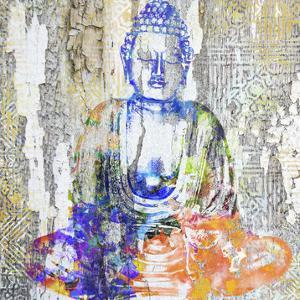 Death and Dying provide a meeting point between the Tibetan Buddhist and modem scientific traditions. I believe both have a great deal to contribute to each other on the level of understanding and of practical benefit. Sogyal Rinpoche is especially well placed to facilitate this meeting; having been born and brought up in the Tibetan tradition, he has received instructions kom some of our greatest Lamas. Having also benefited from a modem education and lived and worked as a teacher f:or many years in the West, he has become well acquainted with Western ways of thought.
Death and Dying provide a meeting point between the Tibetan Buddhist and modem scientific traditions. I believe both have a great deal to contribute to each other on the level of understanding and of practical benefit. Sogyal Rinpoche is especially well placed to facilitate this meeting; having been born and brought up in the Tibetan tradition, he has received instructions kom some of our greatest Lamas. Having also benefited from a modem education and lived and worked as a teacher f:or many years in the West, he has become well acquainted with Western ways of thought.
This book offers readers not just a theoretical account of death and dying, but also practical measures for understanding, and for preparing themselves and others in a calm and fulfiiling way.
No Regrets: Dalai Lama’s Advice for Living & Dying
DALAI LAMA SPEAKS OUT ABOUT SOGYAL RINPOCHE
HIS HOLINESS THE DALAI LAMA gives advice
on HOW TO MANAGE ANGER & HATRED
Bodhisattva – Steely Dan
0 thoughts on “The Tibetan Book of Living and Dying”